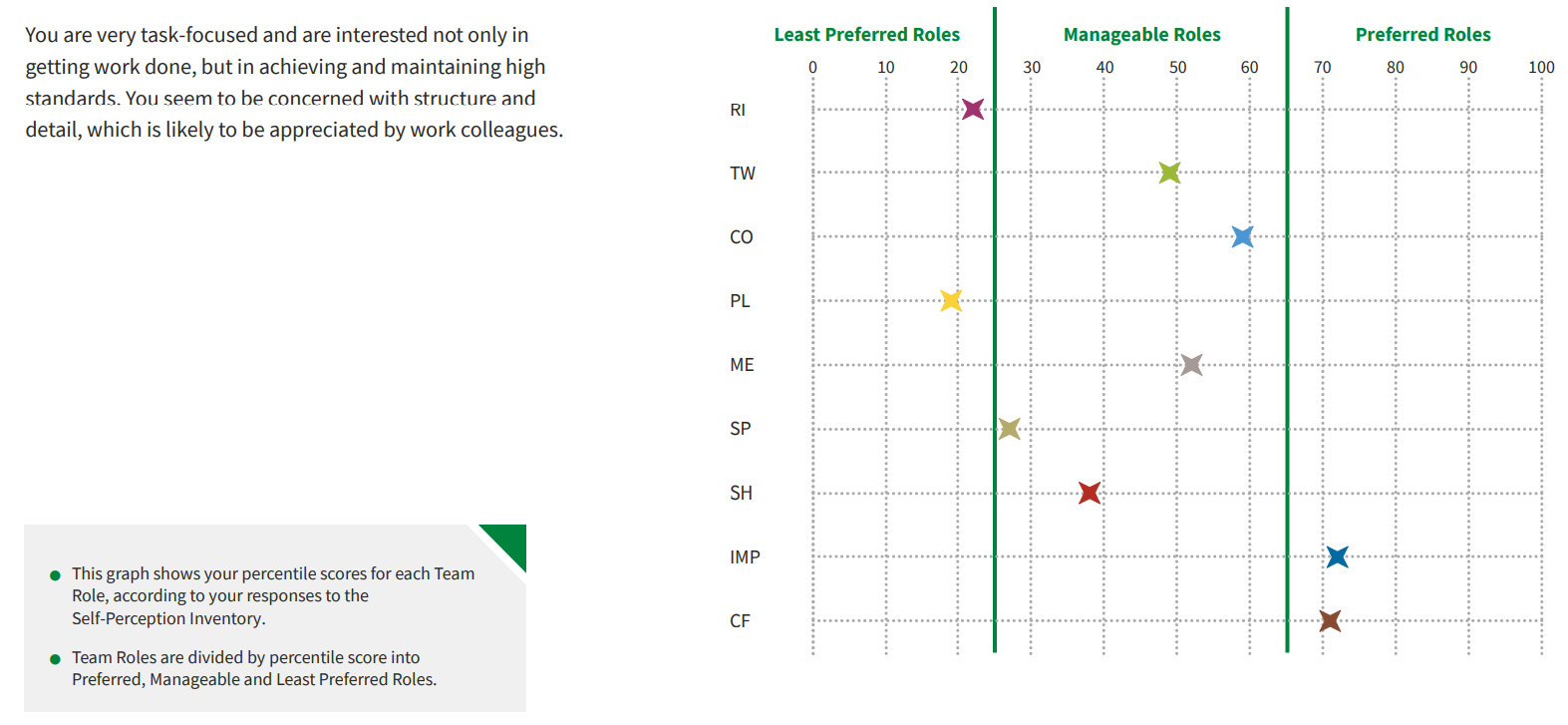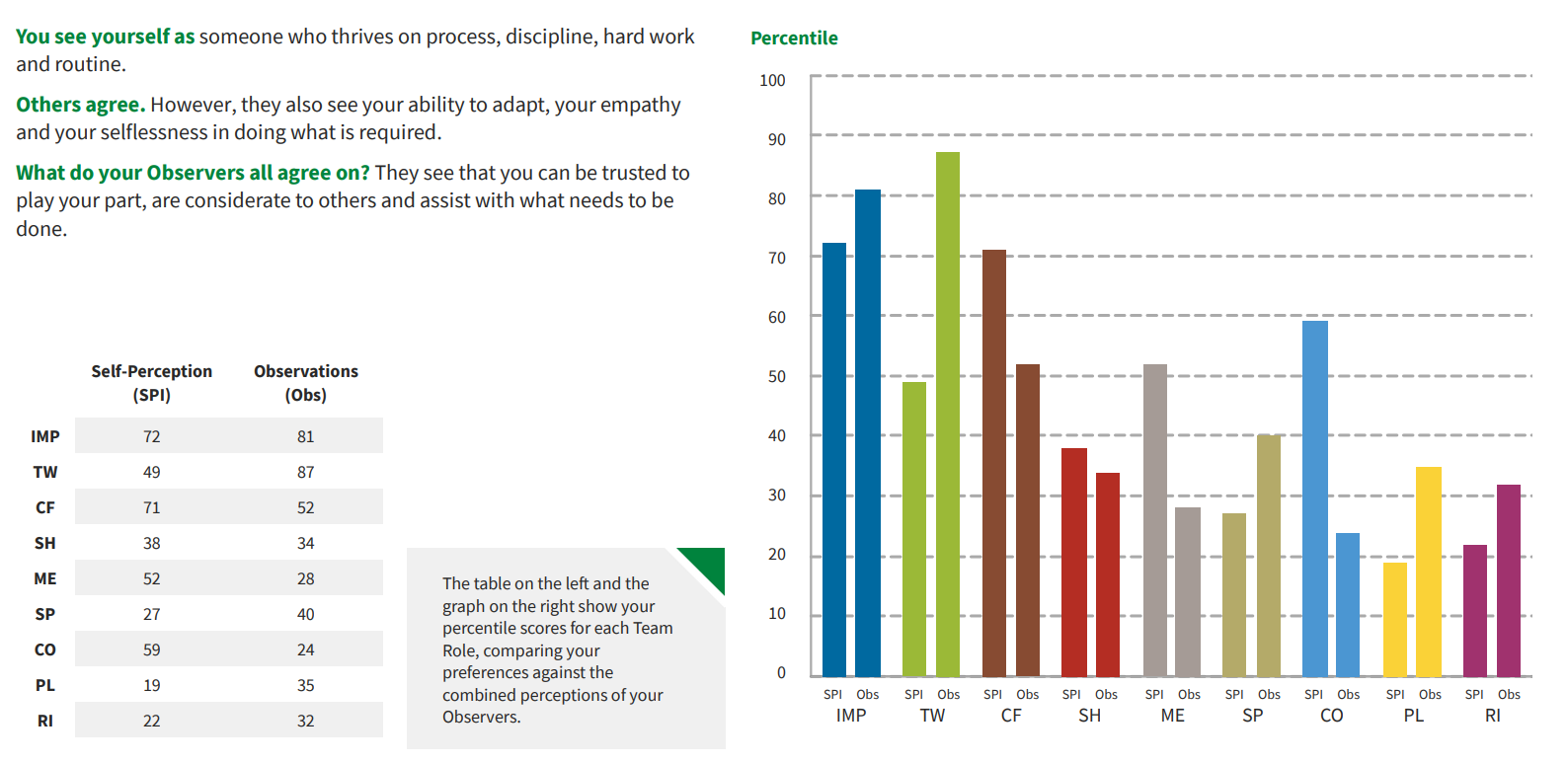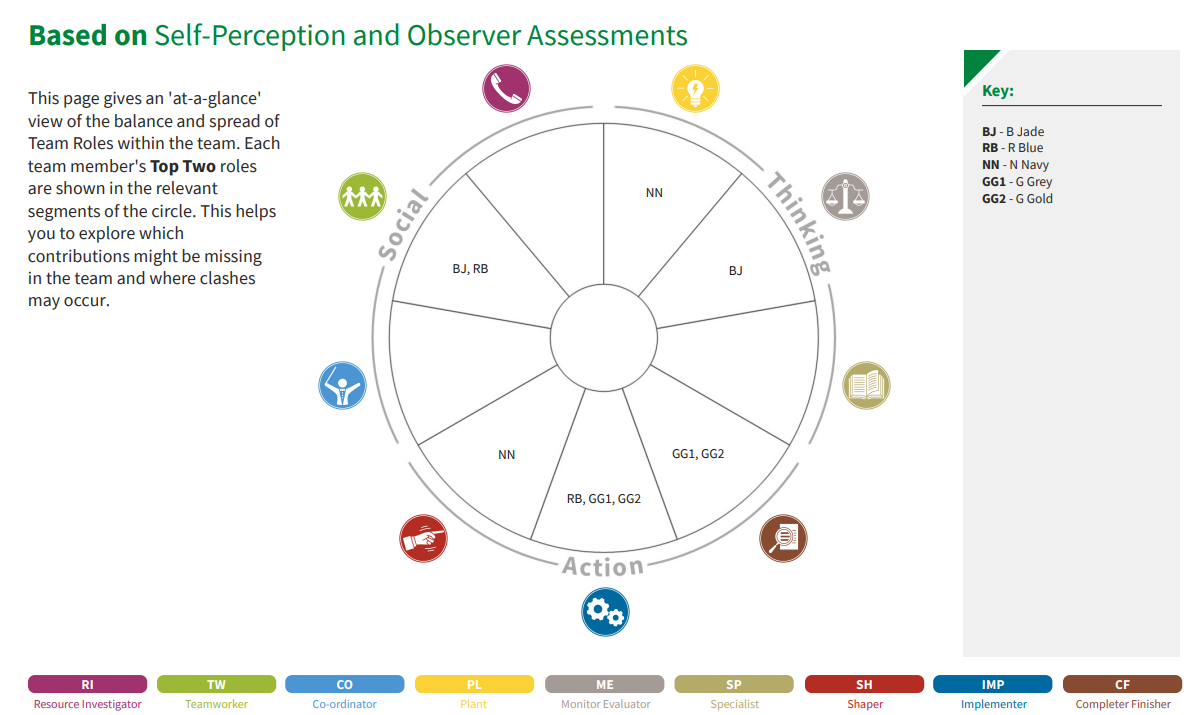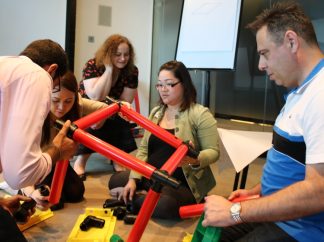Bring Belbin Team Roles to life with MTa experiential activities
Part of our series on bringing theories to life with experiential learning. Read the rest here.
Belbin Team Roles is a useful and enduring framework for helping facilitators to develop team dynamics. It’s used and trusted by the NHS, TikTok, Legal & General, and many other globally recognised organisations.
In this blog post, part of our series on bringing theories to life with MTa materials, we’ll explore how experiential learning activities can build upon the insights revealed by Belbin Team Roles.
You’ll also find three handpicked MTa activities that facilitators can use to develop this learning and foster lasting learning outcomes.
Here’s what we’ll cover:
- An introduction to Belbin Team Roles
- How Belbin Team Roles interface with experiential learning methodologies
- Taking the learning further
- MTa activities to bring Belbin Team Roles to life
Readers who are familiar with Belbin Team Roles can click here to skip to the recommended activities.
An introduction to Belbin Team Roles
Belbin Team Roles provide a conceptual framework for understanding and strengthening team dynamics, through the identification of nine roles that members of a team naturally assume.
The roles were proposed by Raymond Meredith Belbin, a renowned British researcher and management consultant, following research on team dynamics that involved observing and studying the interactions between team members during business games. Initially he proposed eight distinct roles involved in the management of a team, and later expanded this to the nine roles we are familiar with today.
A crucial distinction with Belbin Team Roles is that one role does not necessarily correlate with one team member: some roles may be replicated, and some team members may take on two or more roles simultaneously. Belbin posited that the presence of all nine roles is required for a team to function smoothly, and his Team Roles model is designed to help facilitators, managers and organisations to ensure that all roles are filled on any team to improve its ability to achieve its objectives.
Belbin Team Roles lead to practical and actionable insights for participants that can be carried forward into the workplace, increasing the effectiveness of any teams they are part of.
The nine team roles
Here you’ll find a summary of each of the nine team roles, including the strengths and allowable weaknesses associated with each. Full information on each can be found here.
Allowable weaknesses are considered acceptable within the parameters of the overall team because they are offset or mitigated by one or more of the other roles. By contrast, behaviours that hinder the team’s objectives and which are not offset or mitigated are not considered allowable. Addressing these weaknesses is likely to require training beyond sessions centred on Belbin Team Roles.
Resource Investigator (RI)
Participants in the Resource Investigator role are inquisitive by nature, and come up with ideas to pitch to the team.
- Strengths: outgoing, enthusiastic
- Allowable weaknesses: over-optimism
Teamworker (TW)
Participants in the Teamworker role are versatile, and can complete various types of work required by the team to improve cohesion.
- Strengths: perceptive, diplomatic
- Allowable weaknesses: indecisive
Co-ordinator (CO)
Participants in the Co-ordinator role keep an eye on the team’s objectives and delegate work to the most appropriate participant(s).
- Strengths: confident, clear
- Allowable weaknesses: delegates too much
Plant (PL)
Participants in the Plant role leverage their creativity to solve problems in ways that may not be obvious or intuitive to others in the team.
- Strengths: creative, imaginative
- Allowable weaknesses: preoccupied
Monitor Evaluator (ME)
Participants in the Monitor Evaluator role bring logic and impartiality to weigh up options suggested by other team members.
- Strengths: strategic, good judgement
- Allowable weaknesses: can lack drive
Specialist (SP)
Participants in the Specialist role have in-depth knowledge pertaining to one or more key areas.
- Strengths: single-minded, dedicated
- Allowable weaknesses: narrow focus
Shaper (SH)
Participants in the Shaper role maintain the focus and momentum of the team by driving participants forward.
- Strengths: dynamic, thrives on pressure
- Allowable weaknesses: may offend feelings
Implementer (IMP)
Participants in the Implementer role are vital in creating a strategic plan and ensuring it is carried out efficiently.
- Strengths: reliable, efficient
- Allowable weaknesses: inflexible
Completer Finisher (CF)
Participants in the Completer Finisher role ensure high standards of quality when a team’s task is complete, by checking for errors and refining accordingly.
- Strengths: conscientious, vigilant
- Allowable weaknesses: may worry unduly
How to use Belbin
Belbin Team Roles is a practical tool which offers actionable insights through the provision of Individual Reports and Team Reports.
Individual Reports
This report gives participants information about their contributions to a team within the Belbin framework. This information can be used to refine their understanding on how to work within a team and describe their preferences to other members.
The Individual Report is generated by filling in an online questionnaire called the Self-Perception Inventory. The findings can be strengthened by asking 4+ other people to share their observations about your behaviours and working styles, through the Observer Assessment: another questionnaire.
By contrasting your self-perception with how other people see you, you can gain a deeper understanding of your contributions, strengths, and any behaviours that may be hindering you.
Below you can see examples taken from each type of report. The abbreviations correspond to the Team Roles, as per the previous section of this post.

Sample individual report showing how self-perceived behaviours correspond with roles

Sample individual report showing self-perceived behaviours vs others’ perceptions
Team Reports
This report assesses how individuals work as a team, identifying the combination of Team Roles and the corresponding strengths and weaknesses of the team.
A Team Report can be generated once all team members have completed Individual Reports. Whereas Individual Reports are designed to be seen by individual team members, the recommendation is for only facilitators to have access to Team Reports.

Sample team report showing how which participants align with which roles
How Belbin Team Roles interface with experiential learning methodologies
Belbin reports, both Individual and Team, are not designed to be static documents. The idea is that based on the insights revealed, structured and targeted training can be used to refine and develop behaviours to enable individuals to function more effectively within teams.
With such an array of behaviours represented within the 9 Belbin Team Roles, the strength of experiential learning is the provision of a conceptual framework allowing for their exploration and development. Through the creation of simulated scenarios, participants can experiment with behaviours that may not come naturally in real-world situations, and see how these contribute to and influence team performance.
Each of our experiential learning kits contains a selection of activities designed to facilitate specific, granular learning outcomes. By curating training sessions leveraging experiential learning methodologies, facilitators can create an environment where participants can refine their understanding of their role in a team and take ownership of shaping their behaviour to address perceived shortcomings.
Taking the learning further: MTa activities to Belbin Team Roles to life
We’ve handpicked the activities below for facilitators looking to develop the insights revealed by Belbin reports. These activities simulate scenarios in which various leadership styles and challenges can be explored.
Rectangle
In this activity, participants must complete their objective while blindfolded, making it a fun and memorable challenge that demonstrates the need for basic team skills.
The learning opportunities for Rectangle are as follows:
- Establishing clearly understood objectives
- Planning before acting
- Revising plans as new information is received
- Working together to achieve the objective
- Listening
- Offering ideas in an acceptable way and at the appropriate time
Though there is a focus on skills around planning and communication, participants have the opportunity to try different skills and see their impact: especially useful in getting people to think about their behaviour with reference to different Belbin Team Roles.
With many team roles encouraged, individual characteristics are likely to shine through. These can then be explored and discussed in the review phase, offering participants an opportunity to discuss their behaviour, have them placed in context, and reflect on ways to leverage or change particular behaviours. Video review also allows for engaged discussion and spotlighting of specific elements to develop participants’ understanding.
Rectangle is part of the MTa Team Kit.
The Hoist
The Hoist is great for exploring interactions between teams, and for demonstrating how the giving and receiving of information might change to accommodate different Team Roles.
The activity has three stages, each with its own learning opportunities:
- Identifying and focussing on the end goal, achieving the goal through team working
- Instructing others effectively: giving and receiving information
- The impact of involvement on personal motivation, understanding success
With the focus initially on team working, participants are invited to think about the roles and behaviours required for success. Then, when the focus shifts towards developing and delivering instructions to help a second group achieve the objective of the first, there is an opportunity to think about instructing others effectively: how can participants give information that will resonate with different Team Roles and facilitate the success of the second team?
The Hoist is part of MTa Insights.
The Culprit
This murder mystery inspired activity is easy to set up and raises participants’ awareness of other people’s behaviours: great for getting them to consider the presence and impact of different Team Roles.
The learning opportunities for The Culprit are as follows:
- Learning about the impact of personal style when working with others
- Giving and receiving feedback
- Offering others guidance
- Working in an open, honest and trusting environment
- Practising and developing team skills in a problem solving situation
Participants must work together to solve a murder mystery, which sounds simple enough. But the presence of ‘infiltrators,’ and the fact all participants know they’re there from the outset, raises suspicion and heightens awareness of behaviours.
At the heart of The Culprit is a mechanism designed to let participants give and receive direct feedback about each other’s behaviours, in a non-threatening way: something that is not easy to do, but very valuable to learn.
The Culprit is available through MTa Immersion, our online experiential learning platform.
Let us help you
Belbin Team Roles provide a powerful framework for the exploration and development of many behaviours that make positive contributions to team performance. By building on the insights revealed by Belbin reports, facilitators can help participants to develop these behaviours and improve their performance within a team.
If you’re looking for ways to strengthen team skills, whether alongside Belbin Team Roles or otherwise, take a look at our experiential learning kits or book a call with Jamie to discuss your needs.

